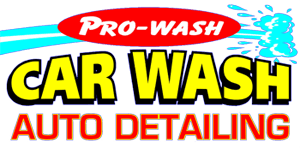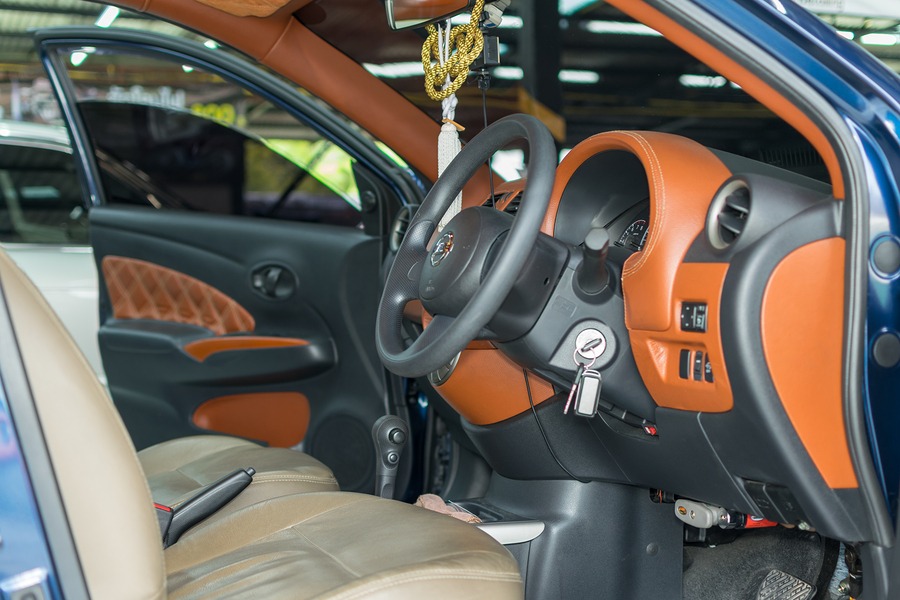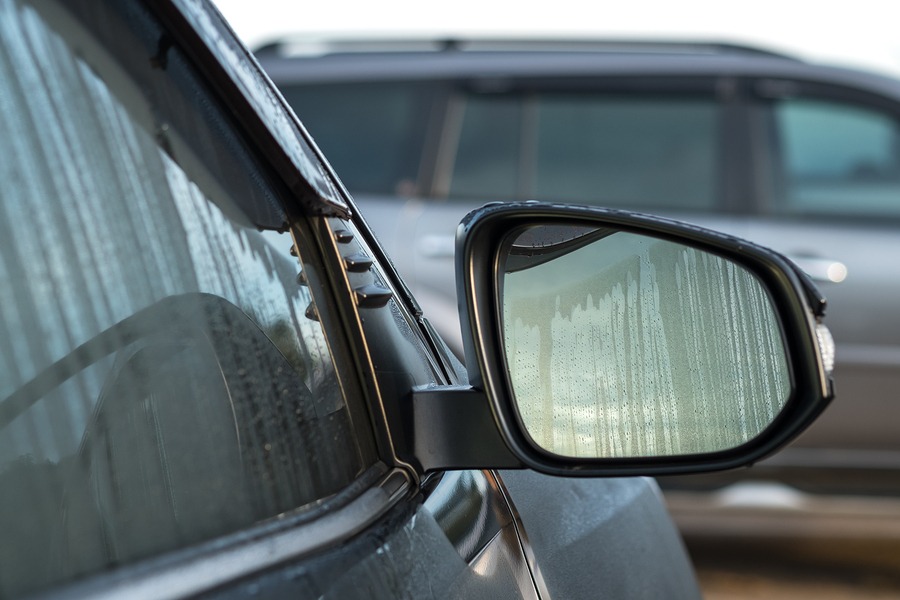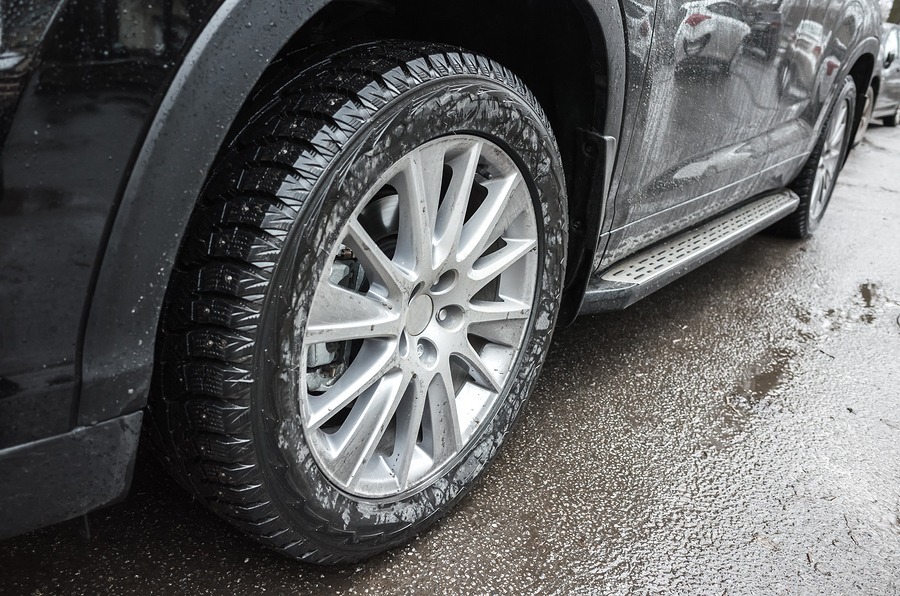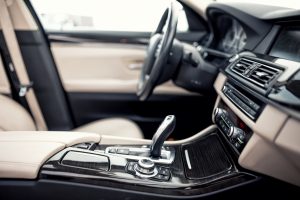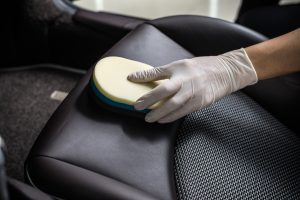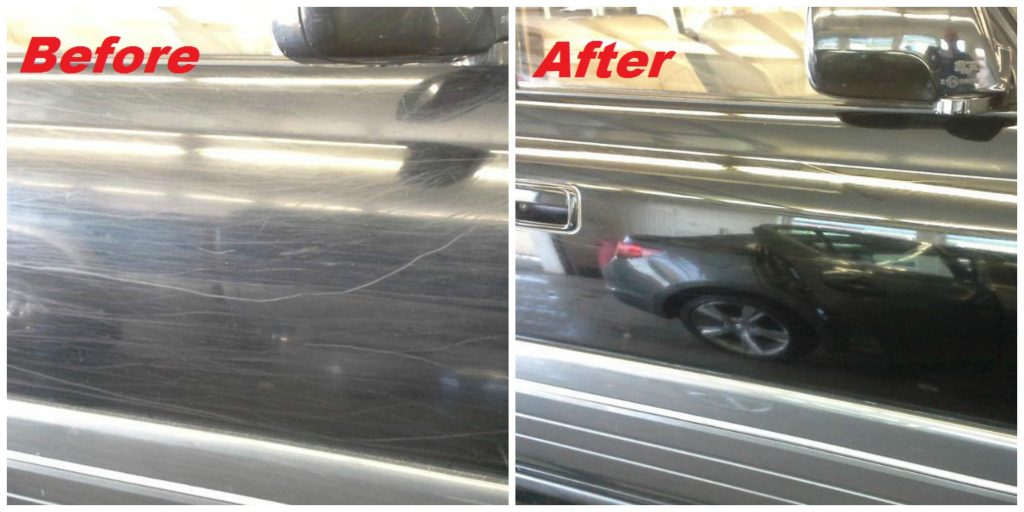Do you know what it’s like to drive with foggy headlights? They make it much harder to see in low-visibility conditions. They are also a risk to other motorists who are in the oncoming lane. Functioning headlights are a requirement for an inspection sticker in all states and have to pass a brightness test as well. Do you think your lights will pass? If not, it may be time to clear the fog from them with one of the remedies in this post.
What causes foggy headlights?
Before 1990 or so, most headlights were made of glass. The worst they were prone to were scratches. However, glass headlights were much easier to break. Manufacturers switched to polycarbonate plastic headlights because they were more durable and cheaper to make and replace. Unfortunately, the plastic lenses also degrade over time. They turn yellow and cloudy, restricting the light that they reflect.
How does the cure work?
The substances that we talk about below are all abrasive compounds. When you add the paste to a headlight with light pressure, the cloudiness is buffed out of the headlight. The same concept is used when you have cloudy paint on your car. Your detailer will use a buffer and a special compound to buff the paint until the cloudiness fades. However, an exterior buff will be followed with a wax. There is no need to wax your headlights.
How can I get rid of my foggy headlights?
As we mentioned before, the process is very simple and requires only a few tools. You’ll need the following before you begin:
- Rags
- A soft brush
- An abrasive compound, such as toothpaste, baking soda (mixed with water to make a paste), or a headlight restoration kit
- Water for rinsing

- Wash your foggy headlights with soap and water to make sure any remaining grit is off. You risk scratching your headlights if there’s grit on them.
- Put a generous amount of compound on your headlights. The amount will vary based on the size of your headlights, but use enough to coat your headlight. If you’re using baking soda, mix it with water to make a paste first.
- Using the soft brush, work the compound into the surface of your headlight in a smooth, circular motion for about 3 minutes.
- Wipe the compound from your headlights and rinse with water.
If this process doesn’t work, you may need to bring your car to a professional detailer for a more abrasive compound and buffing rather than using a soft brush.
Having fully functional headlights is very important. Foggy headlights reduce the amount of light directed in front of you and make it harder for oncoming traffic to judge your distance. Not sure you want to do the process yourself? Contact us today for a professional headlight restoration!
